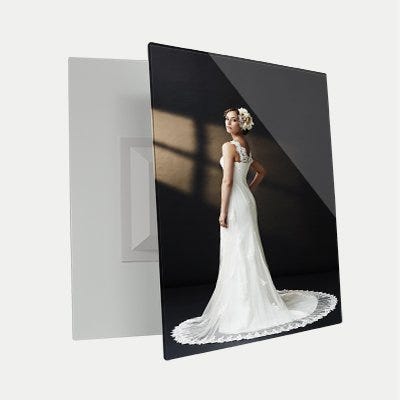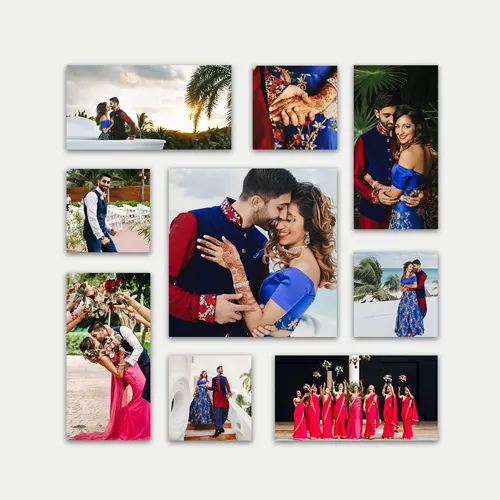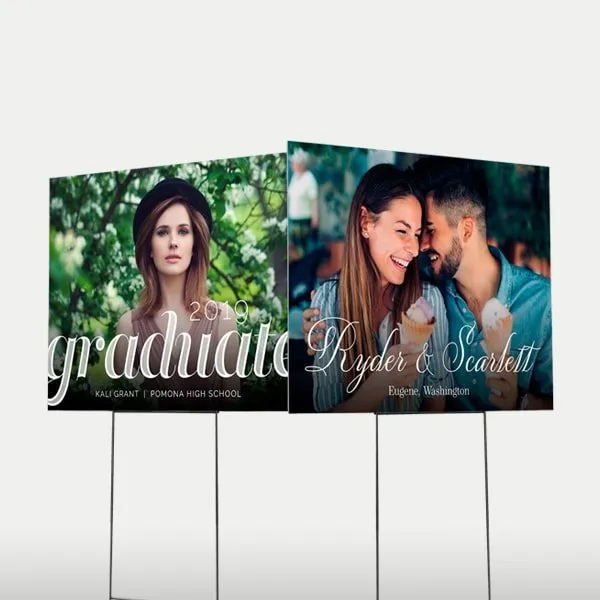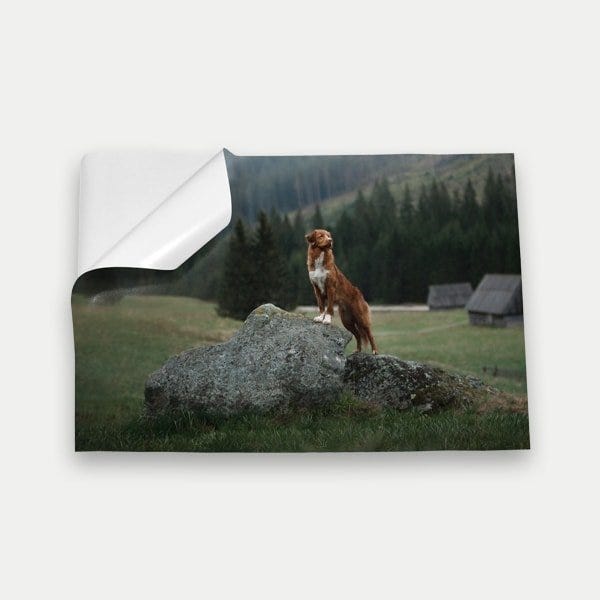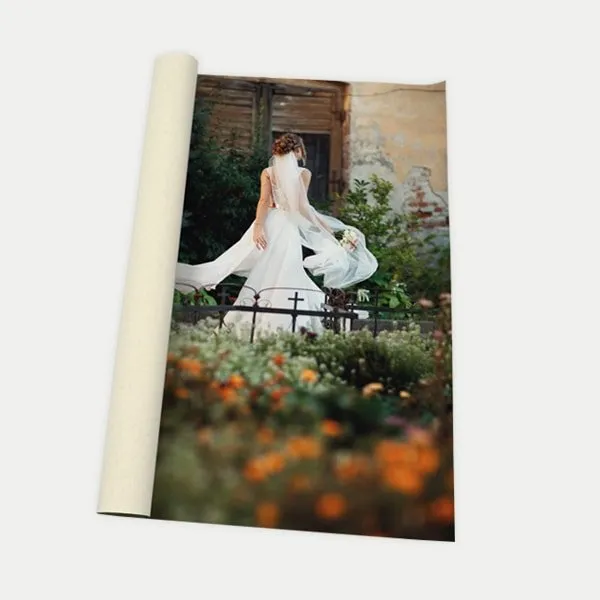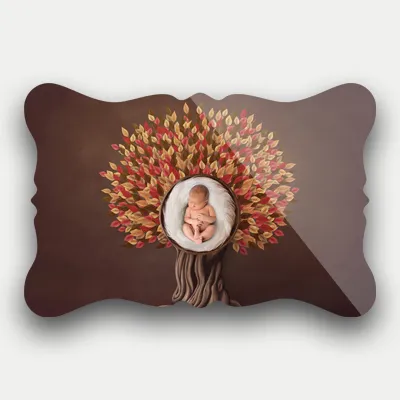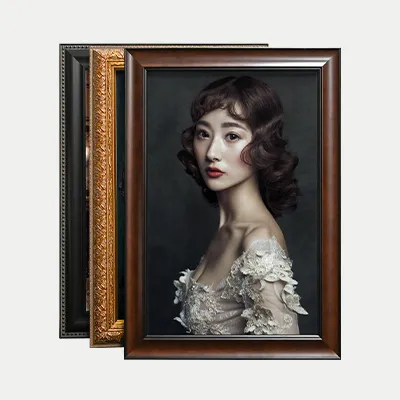How to Capture Genuine Emotion in Your Professional Photography

There's nothing more heartwarming than a genuine smile. It can change the mood of a dull and dark room, it can bring hope to someone who is feeling depressed or alone, and when you want to capture stories through photography, there's nothing more rewarding than using your photos to capture real, honest emotion.
But capturing emotion in your photos is a special skill, and it can be easier said than done. Therefore, in this article, we'll go over everything you need to know so that you can start capturing shots that convey genuine, heartfelt emotions.
Take photos to evoke an emotion
When it comes to photographing people, the chances of capturing a genuine moment are pretty high. The moments that mean the most to us are often those that involve our family members or special events in our lives, such as getting married.
If you want to convey these moments in your photography, consider asking yourself a few questions while you’re making your image. For example: What do I want my viewer to feel? And what emotion am I trying to evoke with this particular photo?
These questions are important because they help keep you focused on specific emotions and feelings when taking photos, especially if you’re trying to capture an event or memory for someone else.
Keep in mind that not every photo you take needs to evoke the same emotion; for example, a wedding photo should feel like love and excitement, whereas a portrait should focus more on capturing who that person is at their core.
Imagine how you want the viewer to feel
Imagine how you want the viewer to feel. The first thing to consider when taking an emotionally charged photo is what you want your viewer to experience as they see it. Do you want them to have a visceral reaction to what's in the photograph, or do you want them to have a more abstract reaction that relates more to their own experiences?
Think about how you want them to feel about your subject and also how you want them to feel about you and your skill as a photographer. What do you hope they'll think? What do you hope they'll do after viewing your photo?
Don't expect any one image will evoke every emotion all at once; it's impossible for this to happen. Instead, choose one emotion for each shot. Some of the emotions that are most effective in evoking responses from viewers are happiness, nostalgia, sadness, anger, joyfulness, and surprise. Keep these emotions in mind as we move on through this guide!
Set your camera to aperture priority
Aperture priority is a semi-automatic mode that allows you to set the aperture of your lens, the adjustable opening of the lens, while letting the camera decide what shutter speed it needs to expose the image correctly. Different apertures have different effects on the image, and that includes how much of your scene is in focus.
A wide aperture, like f/2.8, will make everything close to your subject sharp and everything farther away, soft and blurry. A narrow aperture like f/16 will keep almost all of your scene in focus, from foreground to background.
So how does this help you capture emotion? Well, when you're photographing a person or animal, having all of them sharp makes it so that you can see their face clearly. If parts of their body or head are out of focus, it won't look as crisp and clean as if they were entirely sharp—and for portraits, we want them to look beautiful!
This is why we use a wide aperture when photographing portraits: typically, anything between f/1.4 and f/5 will be great for getting clear facial features with good detail while still blurring out distracting background elements like buildings or trees behind them.
Don't rely on post-processing
To avoid overprocessing, you'll want to capture as much of the emotion in-camera as possible. Whether it's a moment of joy or a moment of anxiety, make sure that your lighting, technique, and timing are on point so that the emotion can shine through.
If your subject's eyes are hidden by shadows or darkness, the mood will be lost. If the image is blurry due to poor focus or motion blur from camera shake, it won't look genuine. And if you happen to just not be in the right place at the right time, you may not get the shot: maybe your subject was laughing too soon or crying too late, or perhaps they were caught off guard by your camera and stopped what they were doing.
In any event, try your best to get it right in-camera as much as possible. You'll be glad you did, and so will your subjects!
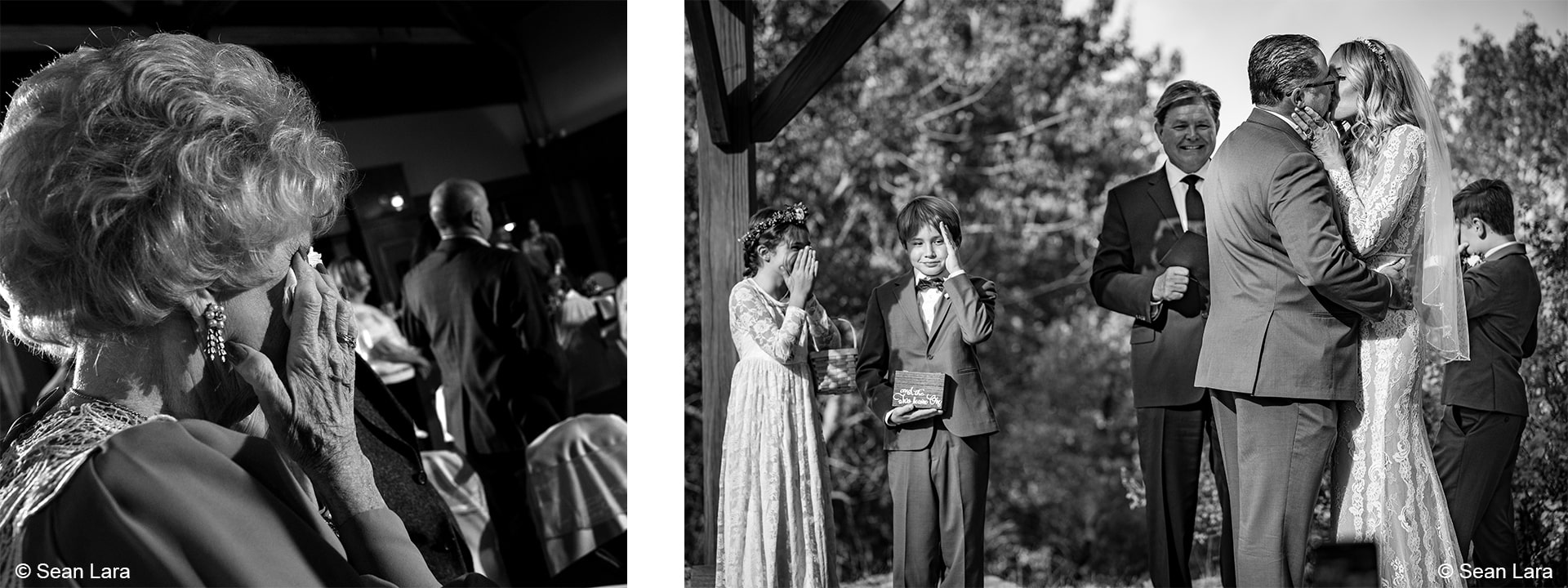
Give Your Subject Something To Think About
When you have a subject in front of you, it's easy to think that your job is to make them comfortable and to do that, you focus on talking about anything but the shoot. But many times, this actually makes people feel awkward and self-conscious, especially if they've never modeled before.
Instead of distracting them from what's happening, the best way to get genuine emotion in a photo is to give your subject something to think about. Ask them questions about their life or tell them interesting stories about yours. Instead of thinking about how they look, they're now focusing on you and what you're saying. This will improve the quality of their expressions dramatically.

Focus on the eyes of your subject
Eyes are often the main focus of a portrait, as they give an indication of someone's emotion. The eyes are said to be "the window to the soul," and they're important in most portraits because they lend meaning to your subject's face.
With a direct gaze, you can achieve a more personal connection with your subject, which can be powerful in family photos and wedding portraits. On the other hand, if your subject is looking away from you or even at another person, it can create an interesting dynamic for storytelling purposes.
Whether you use eye contact or not, eye level is important. When you're photographing someone who is sitting down or crouching down (like a child), try taking a low angle so that their eyes are at the center of the photo.
If you're shooting someone standing up, avoid taking photos from below their chin: instead, try positioning yourself so that their eyes fall in the center of your frame and adjust accordingly if necessary by getting on your knees or shoulders for different angles.
For animal subjects like pets or wildlife (especially large animals), make sure that you aren't too close when taking pictures because it could startle them, and always ask permission before entering someone else's property!
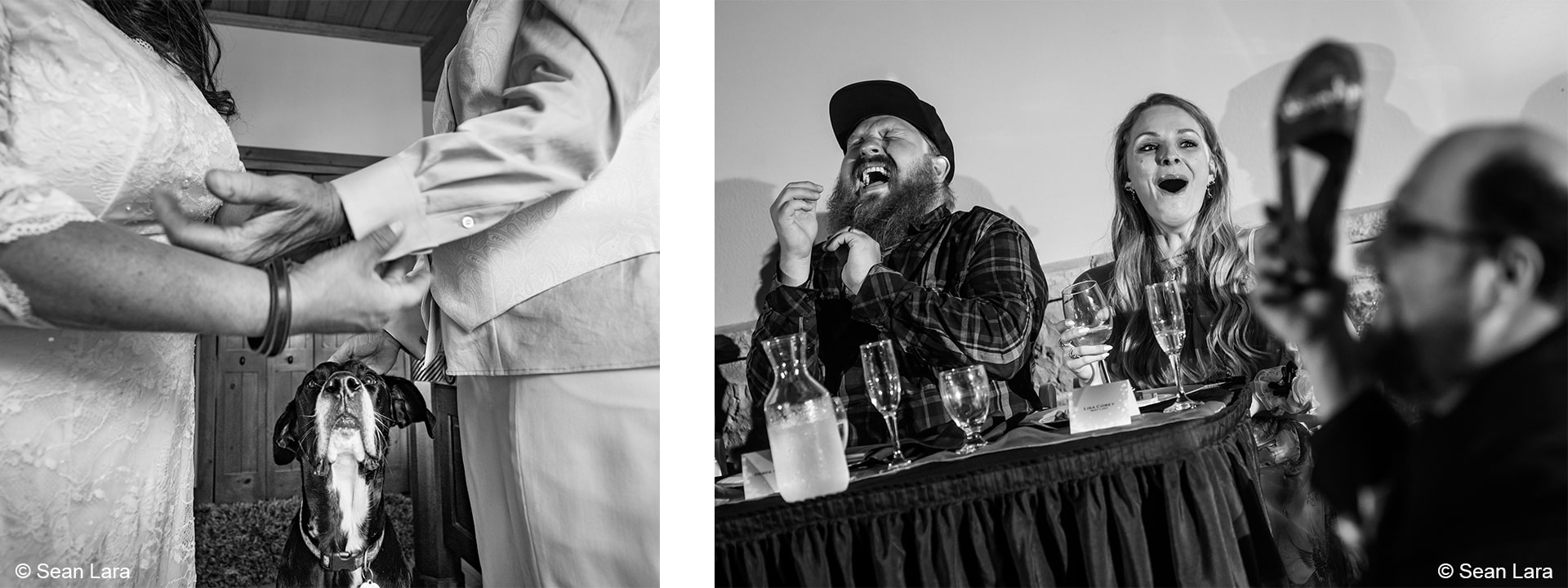
The best way to connect with your audience is through their emotions
In photography, we have the opportunity to tell stories about a person, place, or thing and evoke emotions for our viewers. We are not just taking pictures to share a moment with others; rather, we are capturing an experience in time.
That is exactly what makes photography so beautiful; each person experiences it differently. This means you can use your camera to create a connection between yourself and your audience because they will get to see what you saw through your lens.
Of course, if you're going to capture genuine emotion in your photos, then you need to be open and willing to communicate with people and find out how they see the world around them. One way of getting this connection is by sharing personal stories about your photographer's journey.
You can use photos of yourself (or even better yet: someone else) as an example of how each person sees things in their own way. This type of storytelling will help create an emotional bond between the viewer, the subject, and you as the photographer.
Final Thoughts
With the many tips above, you should now have everything you need to focus on your subjects and make them shine brighter than ever before. While a good photograph is often caught in the moment, it's also about what happens after. Developing the skills to capture emotion and turn it into meaningful photographs will always be important. And don't forget that great camera!
Pro Prints is an industry leader in professional photo printing and custom canvas prints. So, once you capture that perfect emotional photo, head over to Pro Prints so you can turn your art into custom wall art and display it the way it was meant to be seen.




